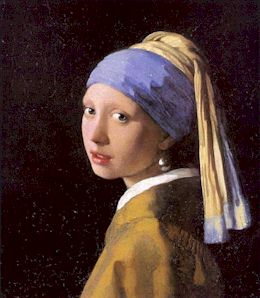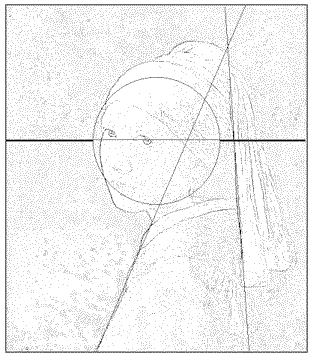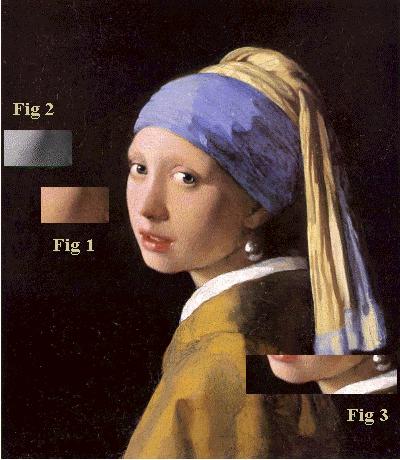What is realism?
The real world, you say? Now that is novel. Perhaps unique. Why would
an artist be interested in reality? Of what use is that to the galleries
and museums? People don't want an exhibition of the truth. They don't want
to see the intestines of a cow nailed to a wall. They never do, and they
never did. They want magic and illusion. Magic to make them wonder, and
illusion to transport them elsewhere. They want to see pictures that make
them laugh and cry they want to see good and evil narratives of honour,
and of misfortune, cunning, grand landscapes of history or intimate portraits
of seamstresses and blacksmiths. They want the artist to use all the skill,
all the tricks, the smoke the mirrors, all the alchemy and all the the
magic of painting to make them believe.
They would sweep realism from the wall and stamp it beneath their feet
like a cockroach. Realism has an ugly face, you see. No you donít want
realism and neither do they. Realism is a poisoned dagger in a dead hand,
it is the stuff of body fluids and blackened lungs. No folk want beauty,
they want the spectral magic of an angels wings - or to see the dragon
twist at the end of St George's lance - and they want to believe!
However the painter's job is not easy. It has a long and ancient apprenticeship
and it requires courage and skill. It is to provide the stuff of illusion,
the ideals realized. Payment is usually small in coin but large substance
when we see the wonder on the face of the child ... or some adult who makes
mentions of the image made that dwells in that special place in the mind
where people live.
COLOR |
  |
Note the extremely limited pallet.- a light red, a cobalt
blue and a yellow ochre.
The rest are gradations and mixtures.
Also note the values on the grey scale range from 1-10
PATTERN AND REPETITION |

DESIGN

Some of the most effective designs are the simplest. The
head is centrally positioned.
The horizontal line of the eyes is 'golden' approx 3:5 up the canvas.
The two vertical straight lines provide the 'discord' to the circular
patterns.
TEXTURE
The hard edges of the pearl (which I think is really a silver ball)
eyes, and face make them all equally smooth and spherical. Here again we
encounter repetition. The eyes and the pearl, because they are more reflective,
have sharper and more defined highlights. The 'pearl' also shows an extra
luminosity by its secondary reflection of the white of girls collar (Fig
3) |

| TURNING POINT (Fig 1 and Fig 2)
The transition area from light to shadow is the key to this picture.
The transition color between the flesh tones is the background color
(Fig 1). The transition values from left to right in Fig 2 are 8-6-4-2-4.
The background value ranges between 1-2
EXAGGERATIONS
The reflection of the collar on the girl's jaw shows the artist's skill
but does it really exist to the extent shown here? What is the color inside
the girl's mouth? Here it is highlighted for effect. These elements show
the artist's deliberate and personal touch.
STUDENT ACTIVITY: Pick a painting you like and analyise it by
design, texture, pallet and repitition.
|
|